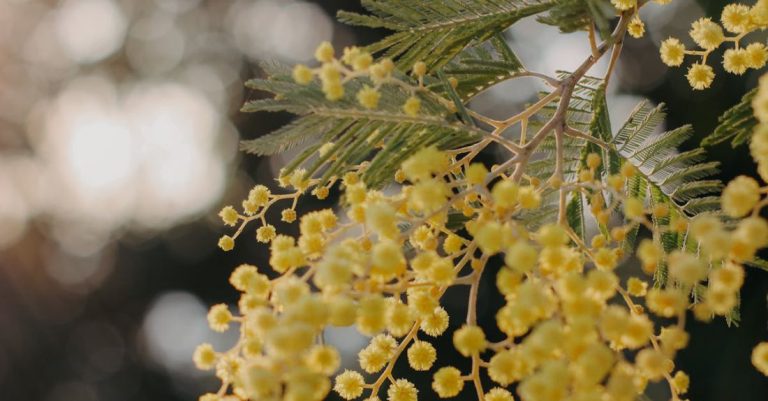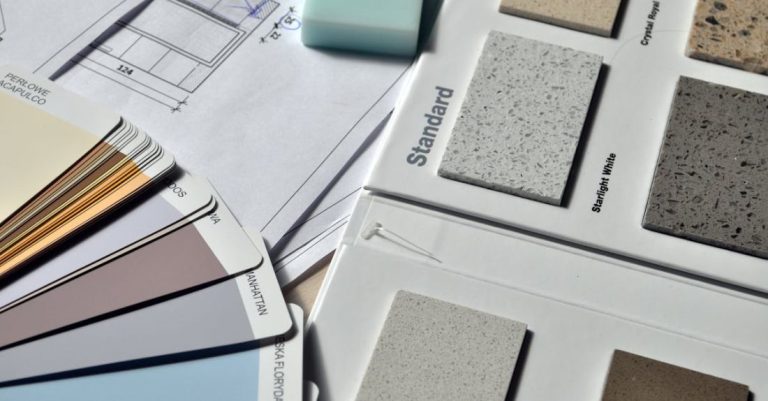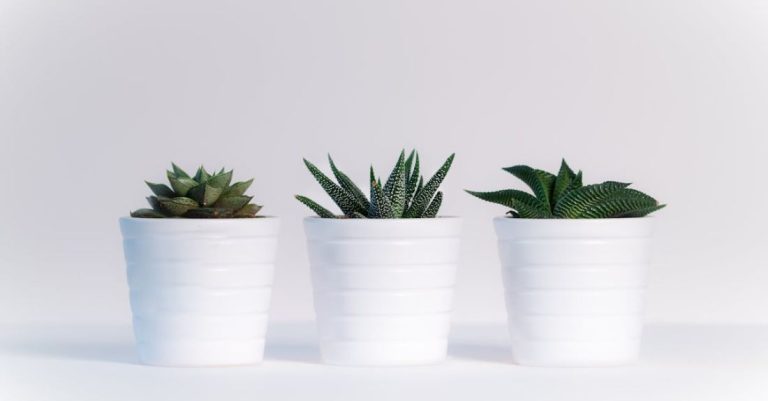
When it comes to landscaping shaded areas, choosing the right ground cover is essential for creating a lush and visually appealing garden. Shade-loving ground covers not only add beauty to your outdoor space but also help suppress weeds, retain soil moisture, and protect the soil from erosion. In this article, we will explore some of the best ground covers that thrive in shady conditions, providing you with a range of options to enhance your garden’s aesthetics and functionality.
**Hostas: Lush Foliage for Shade**
Hostas are a popular choice for shaded areas due to their vibrant foliage and low maintenance requirements. These perennial plants come in a variety of sizes, shapes, and colors, making them a versatile option for ground cover. Hostas thrive in partial to full shade and prefer moist, well-drained soil. With their lush, dense foliage, hostas not only add texture and color to shady areas but also help suppress weeds effectively.
**Lamium: A Colorful Carpet for Shade**
Lamium, also known as dead nettle, is a fast-spreading ground cover that thrives in shady conditions. This low-growing plant produces colorful foliage in shades of silver, green, and purple, adding a vibrant touch to shaded areas. Lamium is well-suited for underplanting trees and shrubs, where it forms a dense carpet that helps smother weeds. This hardy ground cover is also drought-tolerant once established, making it a practical choice for low-maintenance landscapes.
**Vinca Minor: Evergreen Beauty for Shade**
Vinca minor, commonly known as periwinkle or creeping myrtle, is an evergreen ground cover that thrives in shady locations. This trailing plant features glossy green leaves and delicate blue or white flowers that bloom in spring. Vinca minor is an excellent choice for slopes and woodland gardens, where it provides erosion control and adds a pop of color to the landscape. This low-maintenance ground cover is tolerant of a variety of soil conditions and is known for its ability to spread quickly, forming a dense carpet of foliage.
**Pachysandra: A Classic Choice for Shade**
Pachysandra is a classic ground cover that is well-suited for shady areas, particularly under trees and along borders. This evergreen plant features glossy, deep green leaves that provide year-round interest in the garden. Pachysandra thrives in partial to full shade and prefers moist, well-drained soil. This low-maintenance ground cover is an excellent choice for suppressing weeds and adding texture to shaded areas, making it a popular option for woodland gardens and landscapes with mature trees.
**Ajuga: Ground-Hugging Beauty for Shade**
Ajuga, also known as bugleweed, is a low-growing ground cover that thrives in shady conditions. This hardy plant produces colorful foliage in shades of green, purple, and bronze, as well as spikes of blue, pink, or white flowers in spring. Ajuga is an excellent choice for edging pathways, filling in gaps between stones, or covering slopes in shaded areas. This versatile ground cover is tolerant of a range of soil types and is known for its ability to spread quickly, forming a dense mat of foliage.
**Conclusion: Enhancing Your Shaded Garden**
In conclusion, selecting the right ground cover for shaded areas can transform your garden into a lush and inviting space. With a variety of options available, from the vibrant foliage of hostas to the colorful blooms of ajuga, there is a ground cover to suit every style and preference. By choosing shade-loving plants that thrive in low-light conditions, you can create a beautiful and functional landscape that enhances the beauty of your outdoor space. Consider incorporating some of these best ground covers for shade into your garden to create a visually stunning and low-maintenance landscape that you can enjoy year-round.





